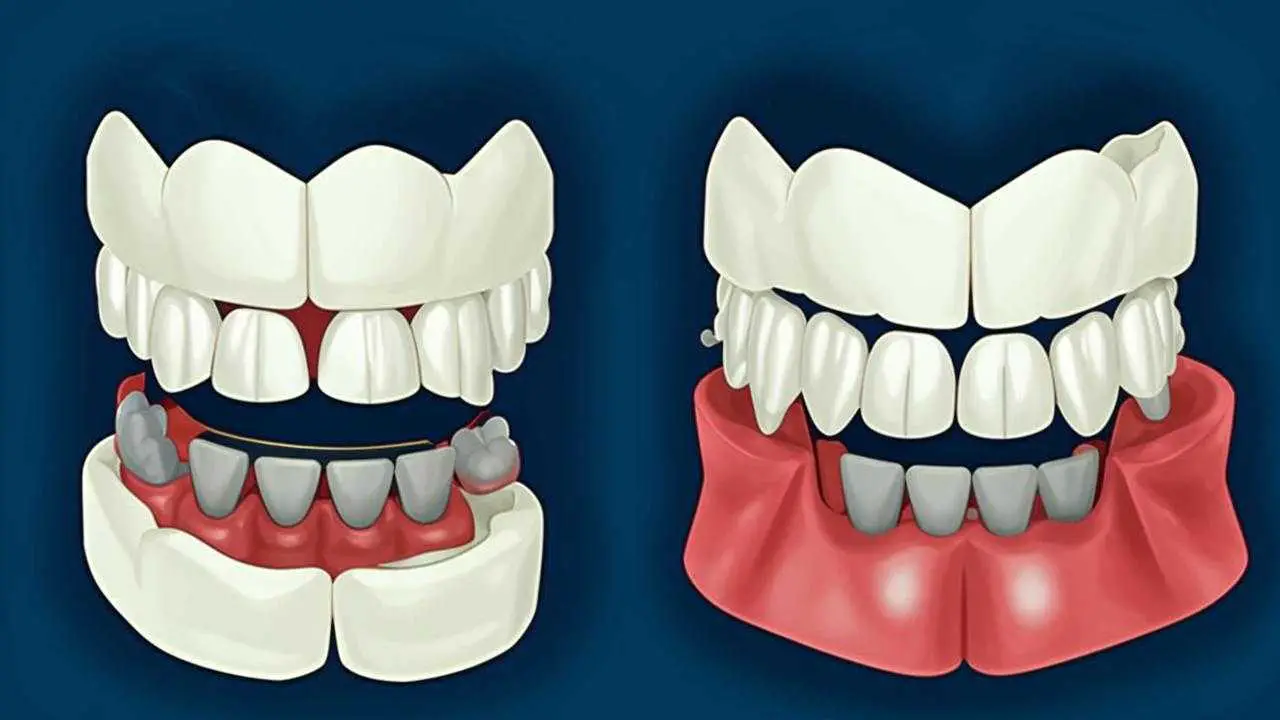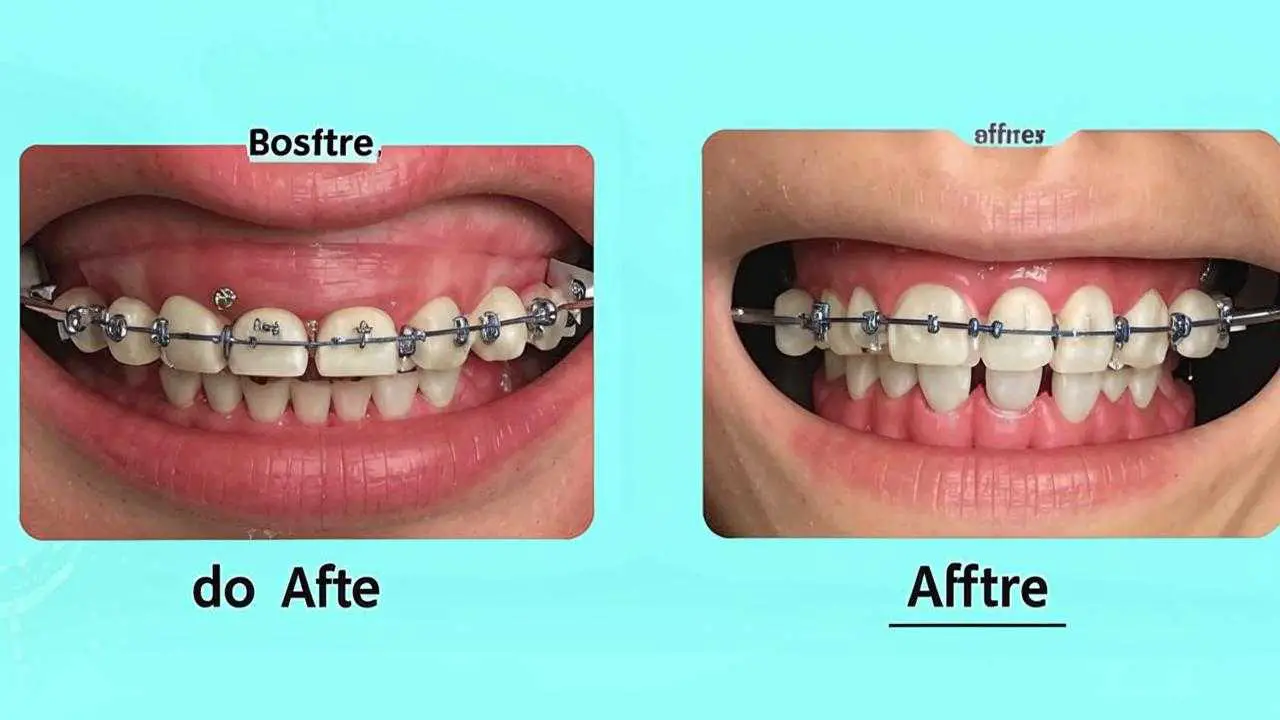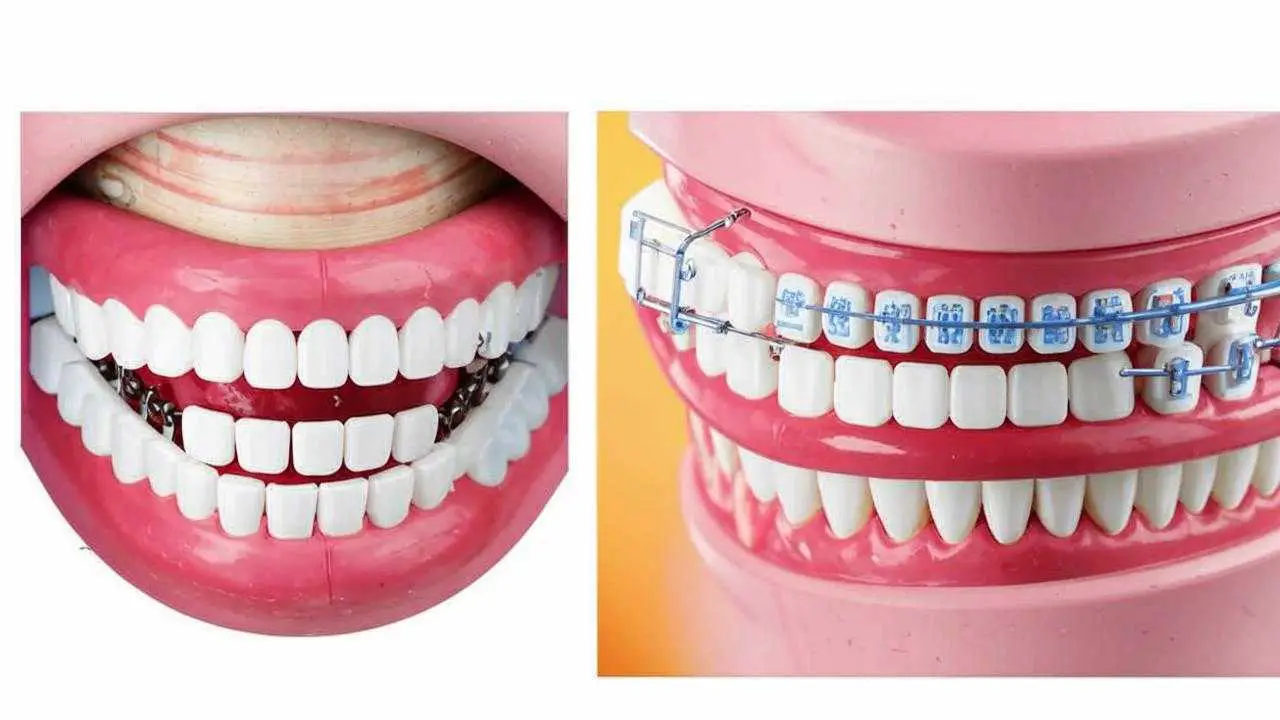Bite disorders occur in different forms. One of them is an open bite. It is fixed quite rarely – up to 2% of patients have such an anomaly. In 12% of children under a year of age, there is an incorrect bowing, by the age of 6 years – 5.6%, and in adults the percentage is quite small – 1.8 – 2%.
What is an open bite
An open bite is an incomplete closing of the frontal row of teeth or the lateral sections. A vertical gap is formed, which causes not only an aesthetic problem, but also functional disorders. Quite often this type of pathology can be combined with another form of occlusion, and it is necessary to treat a distal open bite or mesial bite.
Signs
Visual signs of an open bite:
- downward shifted chin and enlarged lower part of the face;
- half-open mouth;
- the upper lip is narrow and taut at the moment of closure;
- palate shifted downward and backward;
- the nasolabial fold is smoothed.
Intraoral symptoms:
- vertical interdental gap;
- the first molars in normal position are clenched, but the incisors are not;
- trapezoidal shape of the mandible;
- the mandibular arches are narrowed;
- crowding of the lower incisors due to lack of space;
- height of the lateral jaw is greater than normal;
- mucosa is often inflamed, gingival papillae are deformed;
- macroglossia (enlarged tongue).
Whispering, slurred speech is also one of the signs of pathology. The patient often breathes with his mouth. Swallowing is infantile. It is difficult for him to bite because of the violation of the bowing of the teeth and chew food.
Causes of an open bite
An open lateral bite or improper alignment of the front teeth can be the result of both acquired and genetic causes.
The occurrence of abnormal occlusion is influenced by the following:
- heredity;
- abnormalities in intrauterine development (maternal illness, stress, medication);
- habits of sucking, chewing on objects or keeping the tongue half-extended between the teeth;
- bone diseases;
- underdeveloped alveolar process;
- trauma to the jaw;
- ENT diseases and habit of mouth breathing;
- macroglossia;
- early/late change of baby teeth.
Types of open bite
Before correcting an open bite it is categorized.
By etiology (causes of occurrence):
- False. A common cause is the loss of milk teeth early. As well as bad habits. False open bite is also called traumatic. Anomaly has the character of an increasing complication. And, if you do not make correction at an early age when changing the milk bite, you may need hardware treatment.
- true. Treatment of an open bite of teeth of this type is more difficult. Since the underlying cause is a bone disease, rickets. Patients have difficulty breathing, dry mucosa, more obvious speech defects and facial signs of the disease. Sometimes to correct an open bite in an adult, it is necessary to connect not only an orthodontist, but also other specialists.
By location:
- Lateral open bite. Non-alignment of teeth in the lateral region. Occlusion is unilateral or bilateral. There are 2 or more units in the problem area.
- Anterior open bite. The most common type. Involved in the problem are 4-8 teeth of the frontal group.
Distinguish mandibular open bite, maxillary and combined. Symmetrical, asymmetrical.
Another classification:
- The dentoalveolar open bite. The roots of the teeth are shortened;
- gnathic. Violations occurred due to changes in the shape of the jaw.
The degree of pathology of occlusion is noted from the size of the vertical gap: up to 5 mm – I degree, up to 9 mm – II degree, more than 9 mm – III degree.
Possible complications
Open vertical occlusion does not remain without consequences. The aesthetics of the face and smile suffer, and difficulties develop in other functional areas:
- digestion is impaired due to problems in biting and chewing;
- the person lisping, with a large gap speech is slurred;
- TMJ (temporomandibular joint) experiences difficulties, muscle tone decreases;
- periodontal condition worsens (it experiences excessive strain);
- increased erosion of enamel of teeth, on which “falls” all the work, they are more loaded and experience increased pressure;
- mouth breathing develops problems with the ENT organs and respiratory system.
Diagnosis
In addition to a visual examination, an orthodontist can take gap measurements, assess the degree of open bite for further treatment. There is a possibility of referral for more in-depth studies that give a complete picture:
- teleradiogram;
- orthopantomogram;
- taking impressions.
Often the specialist sees the presence of a combination of dysocclusions: distal open bite, mesial bite.
To collect information about the patient and the course of correction, a before-and-after photo is taken.
Options and stages of treatment of an open bite
In dental clinics in Moscow, doctors offer various systems of treatment of open bite. But, as a rule, they are based on the generally accepted basics of correction.
Important! The first stage of any treatment is to eliminate bad habits. This and sucking a finger, the need to chew something and remove the tongue in its place, so that it does not press on the teeth. For this purpose, there is a special design with minispikes, when trying to push the tongue forward, the discomfort that appears accustoms you not to do this.
Treatment of open bite in children
- myogymnastics. A set of selected exercises will correct the position of the teeth, train the muscles of the jaw apparatus. Gymnastics is done regularly, independently or with devices: Friel disk shock absorber Rogers.
- activator. When changing the bite, the activators are fixed so that the frontal teeth do not exert pressure, everything is aimed at correcting those elements where the pathology is located. A tongue stop is provided. Designs have varieties, supplemented with screws, etc., depending on the complexity of the pathology. Activators Rogers, Klamt, Schwartz apparatus, etc.
Correction of occlusion in the shift bite:
- myogymnastics;
- fixed systems;
- Engle apparatus.
Vestibular arch, spring and lock plates are well proven. Metal hooks, rings are attached to the teeth that need to be moved. This is done by tension.
Correction of open bite in adults
The emphasis for patients with a permanent bite or at the end of a shift period is on jaw traction:
A – Braces, B – Plates, C – Trainers, D – Mouthguards
Different methods of treatment of occlusal disorders may be prescribed for patients of the same age category. This depends on the specific clinical picture, etiology, and degree of deviation from the norm.
Sometimes only surgical treatment is left. As a rule, first comes the work of orthodontists. With the help of a bracket-system, the teeth are turned into the correct position, if there is a need for extraction. Then comes the oral surgeon. The bone of the jaw is dissected, put in the normal position with the help of plates and constructions. After healing, the braces come back into play. Treatment is long, but only in this way you can achieve an excellent result and fix it in case of a strong degree of pathology and complicated accompanying deviations from the norms.
Prevention
Correction of open bite in adults can last up to 4 years, in children – up to 2 years. But it is best to prevent undesirable deviations. To do this, you should:
- Carefully pay attention to the period of pregnancy. Especially to the I trimester. At this time, the skeleton, the jaw system of the child is formed. Illness of the mother, taking medications, antibiotics, stress can negatively affect;
- keep breastfeeding;
- wean off bad habits: sucking a finger, toys, chewing on a pencil, holding the tongue between the teeth;
- monitor the change of milk teeth;
- control nasal breathing, if something is wrong – to the ENT;
- eat a balanced diet;
- visit the dentist twice a year to detect pathology at an early stage.
Childhood is the most favorable time to begin treatment of open bite, as well as other deviations in occlusion. This will help to avoid expensive and long correction of the ailment.



